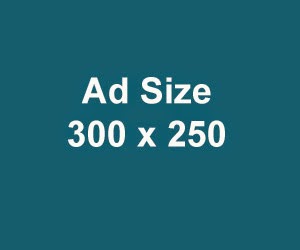Your preschooler has so much to tell you and so many words to use! Language development in children
aged between three and four years includes a continually growing vocabulary. Your child will also show
that he understands the basic rules of grammar. And you’ll be able to understand almost all of what your
child says to you.
Vocabulary and language development at 4-5 years
At four, your child will use around 1500 different words but understand even more. By five, she’ll
have an even wider range of words that she can understand and use.
Your child will begin to learn and use more: connecting words – for example, ‘when’, ‘but’ words that explain complicated emotions – for example, ‘confused’, ‘upset’, ‘delighted’ words that explain things going on in his brain – for example, ‘don’t know’, ‘remember’ words that explain where things are – for example, ‘between’, ‘above’, ‘below’, ‘top’.
He’s also learning more and more adjectives that let him explain things better – for example, ‘empty’,
‘funny’.
Sentences and grammar in language development
As part of her language development at this age, your child will speak in increasingly complex
sentences by joining small sentences together. She’ll also use sentences in different ways.
By five years, your child will begin to use many different sentence types. For example, he’ll be able to
say both ‘The dog was chasing the cat’ and ‘The cat was chased by the dog’ to mean the same thing. Also
at this age, your child will be able to use long sentences of up to nine words.
By five, your child will know all of the different word endings. For example, your child will start adding
‘er’ to the end of words such as ‘big’ to make ‘bigger’. She might still make some mistakes though – for
example, ‘they wants to go’.
Your child will develop the ability to talk about things that have happened in the past or will happen in
the future, rather than just things that are currently happening. He’ll get better at using past tense,
irregular plurals – for example, ‘mice’ – and pronouns – for example, ‘him’, ‘his’, ‘her’.
Understanding and language development
By five, your child will understand and use words that explain when things happen, such as ‘before’,
‘after’ and ‘next week’. She might still have trouble understanding complicated ideas, such as ‘at the
same time’. She might begin asking questions if she doesn’t understand an instruction.
Your child will start to understand figures of speech, such as ‘You’re pulling my leg’ and ‘He’s a couch
potato’.
And your child will follow directions with more than two steps, even if the situation is a new one. For
example, ‘Give your ticket to the man over there, and he’ll tear it, and then we can go to the movie’. But
your child might do what he hears first and ignore words that tell him the order he should do things in.
For example, he might ignore the word ‘before’ in the sentence ‘Before we go into the movies, give your
ticket to the man’.
Pronunciation in language development
By the age of 4½ years, almost every word your child says can be understood by strangers.
She might still have difficulty using some speech sounds – for example, saying ‘fing’ for ‘thing,’ ‘den’
for ‘then’ or ‘wing’ for ‘ring’ – and might occasionally still mispronounce some complex words, such as
‘ambulance’ and ‘spaghetti’, by missing sounds (‘amblance’).
Developing conversation and storytelling
Your child will continue to improve his storytelling, although he might still give too much or not enough
information. He might also have trouble telling things in order and making it clear who’s being spoken
about. His story endings might not make sense or might seem sudden.
But your child will have greater appreciation of other people’s perspectives, so she might add more useful
background information in conversation. For example, ‘I went to Max’s and we had cake and Max is
from my preschool’.
Your child will be getting better at taking turns in conversations with a group of people. And she’ll
start talking at the right volume for the situation. She might make requests more politely, using words
such as ‘can’, ‘would’ and ‘could’. Her requests might also be less direct and obvious. For example, she
might say, ‘That smells good!’ when she wants something.
And your child will begin to use language to tease and tell jokes.








0 comments:
Post a Comment